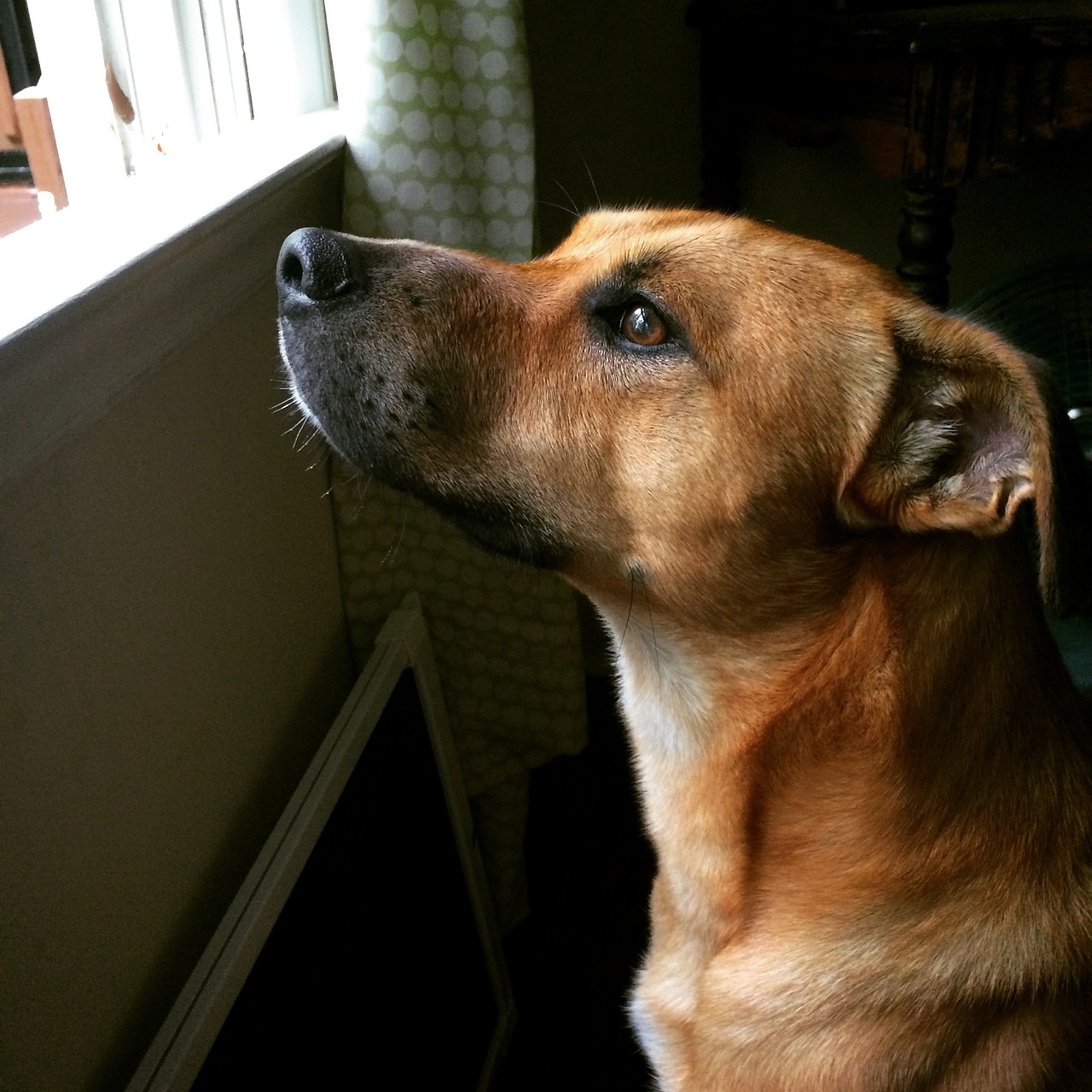The rich mythology of ancient Egypt is filled with a vast array of deities that symbolize various facets of human existence and the natural world. Central among these figures is the goddess Mut, a powerful representation of maternal influence and divine motherhood within Egyptian lore. The depth of her character and her role within the pantheon highlight her esteemed position as the mother goddess and the supreme female deity in Egyptian belief.
Origins and Characteristics of Mut
Mut, whose name translates to “mother,” was deeply revered, especially in the grand city of Waset (modern-day Luxor). As Amun’s consort—the leading god in the Egyptian pantheon—Mut represented the sacred fusion of maternal attributes and divine authority.
Artistic representations frequently showcased Mut in one of two forms: as a vulture, or as a majestic woman wearing the dual crown representing Upper and Lower Egypt. This dual imagery reflects both her fierce maternal instincts and her rulership over the united realm. The vulture is particularly significant as a symbol of motherhood and protection, encapsulating Mut’s identity as a guardian safeguarding the cosmic order and nurturing all forms of life under her vigilant oversight.
Maternal Essence and Divine Care
As the divine maternal figure and the queen of the pantheon, Mut was celebrated for her protective and nurturing virtues, embodying the quintessence of maternal love and support. She was often petitioned by the ancient Egyptians for blessings regarding childbirth, fertility, and familial wellbeing. This deep-rooted connection to maternal care illustrates her broad role in the cosmic hierarchy as a nurturing figure.
The Triad of Thebes: Mut, Amun, and Khonsu
The Triad of Thebes encapsulated significant forces of creation, preservation, and renewal while mirroring the inherent balance within the Egyptian worldview. At the core of this triad was Mut, whose relationships with Amun and their son, Khonsu, illustrated a divine interaction between maternal strength, cosmic authority, and youthful energy. This family unit symbolized the intricate web of existence, with ancient Egyptians finding resonance in its spiritual significance.
The worship of the Triad of Thebes thrived within the Karnak temple complex, where sumptuous rituals and festivals honored these gods, emphasizing their crucial roles in sustaining the cosmic balance and the kingdom’s wealth. As the primary mother figure, Mut’s presence in this divine group reinforced her essential role in Egyptian religious life, infusing it with her nurturing and protective essence.
Mut’s Role in Egyptian Mythology and Royal Authority
Beyond her maternal qualities, Mut had strong ties to the legitimacy of the pharaohs. She was often depicted in royal ceremonies, symbolically embracing the reigning monarch, which underscored her importance in validating the king’s divine right to rule. This connection to royalty reaffirmed her vital role in upholding cosmic order and the flourishing of the realm.
Conclusion
In summation, Mut exemplified maternal strength, divine guardianship, and enriching care within the intricate landscape of ancient Egyptian mythology. Her status as the mother goddess and queen of all deities serves as a testament to the immense respect and value placed on motherhood and the unbroken link between the divine and the mortal in ancient Egypt.



